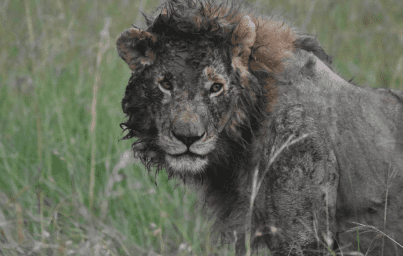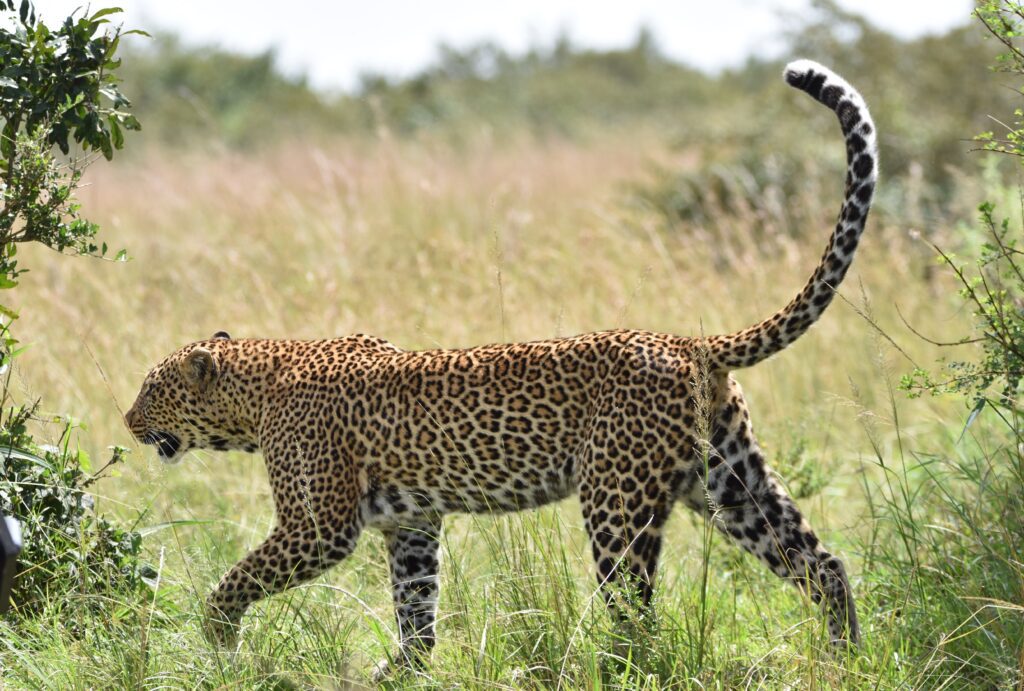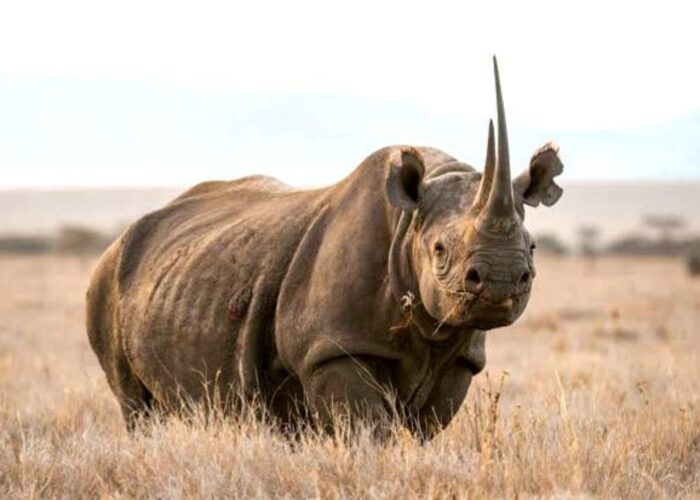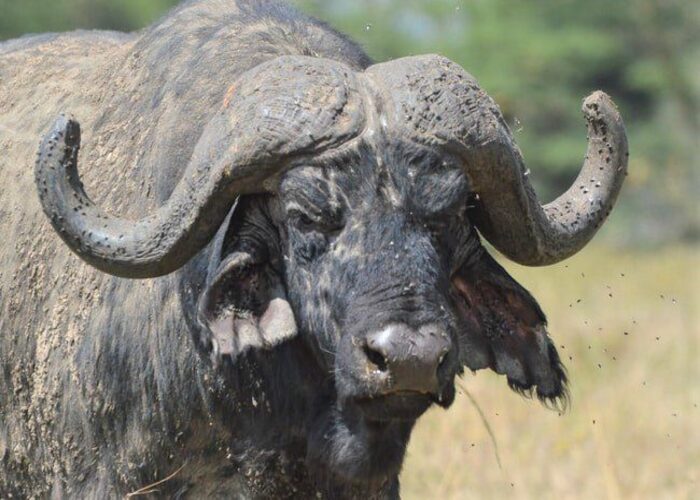Africa boasts of its abundant wealth in diverse flora and fauna that captures the hearts and minds of visitors to the continent. Africa is a lovely adventure destination to explore and marvel at the vast Savannah land, amazing wildlife and diverse culture. A few animals, however, have been awarded a very special term, the Big Five of Africa. An African safari is mostly considered incomplete if one doesn’t spot the Big Five. The famous big five refers to the Lion, Leopard, Elephant, Rhino, and Buffalo.
The term was originally derived from the big game hunters who used to visit Africa for hunting expeditions on foot and they coined the term referring to the five most difficult animals to hunt on foot in Africa. It is the difficulty in hunting them and the danger involved that led to them being referred to as the big five of Africa and not their size.
The term ‘Big five’ is still used today by most tourist and safari guides, and they are usually high on the priority list and a real treat for many visitor to Africa. The presence of these animals should certainly not define the quality of your safari experience in Africa, however, I’m sure they will always rank highly on anyone’s list of desired species to see on an African Safari.
The Lion

Lions are the largest African carnivores and arguably the most iconic of the big cats. They are without doubt the number one predator on Africa. Lions are very social animals who are mostly found in prides consisting of either a single dominant male or a coalition (often two brothers) and a host of related females with their cubs. On average, a pride contains 12 members, but it can grow to as many as 40 individuals. Young males are forced out of the pride by the dominant male or coalition when they reach 2–3 years old, to prevent the chances of inbreeding, and they wander as nomads until they are big and strong enough to challenge a ruling male. Females lions (lionesses) remain in their natal prides and will usually start reproducing at the age of 2yrs.
You can easily spot lions on an early morning game drive or roaming among the long grasses during an afternoon safari. At dusk, the previously lazy lions start to wake up and get active. They roar, they play, and eventually they prepare for the night ahead and if they are hungry, they could embark on a hunt.
Leopard

The leopard is the most elusive of the Big Five of Africa and spotting one on an African safari is quite fulfilling Leopards are nocturnal and usually inhabits thick forests, rocky areas and bushy regions. In areas with less disturbance they are easily spotted during the day. Leopards are normally mistaken with cheetahs. They are easily identified by their prominent necklace of spots that run across the chest. The spots form a pattern of rosettes. Both male and female leopards are solitary, except when they’re mating. This can happen up to every three months when a female comes into heat, but once the copulation is over the male returns to his territory. Leopards are ambush attackers. When hunting, leopards rely on closely stalking their prey and finally launching a surprise attack. Because they are solitary, leopards will more often than not drag a kill up a tree. There they can eat it and leave it for a number of days, undisturbed by troublesome predators such as lions and hyenas.
African Elephant

The African elephant is the largest land-dwelling mammal, and it’s most favorite member of the Big Five. An elephant bull can weigh up to five tons. Their long tusks the upper incisor teeth which they use to dig the ground for tubers and water in dry riverbeds. The trunk which is an extension of the upper lip and nose has two fingers at the tip. They use the trunk to breath, feeding, smelling, lifting, touching, drinking, communication and protection. They have a thick pad of fat and connective tissues at their feet that act as shock absorbers.
Although once numbering in the hundreds of thousands, elephant populations have been put under severe pressure over the last four decades due to poaching. Their ivory tusks are seen as a valuable commodity on the Asian market, and as a result these majestic animals are at the heart of widespread conservation effort.
Black Rhino

The black rhino is smaller than the white rhino with two horns, the front horn being longer than the rear horn. The horn is made of fibrous protein called keratin and it is not attached to the skull. They have a pointed upper lips which aids in grasping twigs and leaves since the black rhino is primarily a browser.
The black rhino was once a widespread species, inhabiting vast areas in East Africa. Unfortunately, similarly to the plight of the African elephant, poaching has played a significant role in the decimation of entire populations spanning vast wildlife sanctuaries, and with the demand for rhino horn in South-East Asia as strong as ever the black rhino remains under constant threat. Most of the rhinos you’ll see on safari are protected and on 24 hrs surveillance to secure them from ruthless poachers.
Cape buffalo

These dark brown cow-like animals are easily distinguished by their bossed, down-curved horns. The Cape buffalo is the most aggressive and dangerous member of the Big Five. Buffalo are protective, grazing in large herds and occupying wide ranges. They also happen to be the most widespread and abundant of the Big Five. Mostly found in huge herds of up to a thousand individuals, including bulls, cows, and calves, the cape buffalo generally rely on safety in numbers, even keeping the herd closely together in the event of an attack from their main predatory threat, lions.
However, older bulls are often solitary or found in pairs and threes because they are no longer strong enough to compete with the younger bulls in the herd over breeding rights.
Please note that, as the Big Five are all wild and unpredictable animals, sightings can never be guaranteed. Members of the big five can be spotted in most national parks and reserves, but you have to do a combined safari package of a number of parks and reserves to achieve this. With luck you can see all the big five in Masai Mara national reserve or Ol Pejeta conservancy.
Arrow Adventures Kenya will craft for you a successful adventure safari package to discover the Big Five in their natural habitat.
